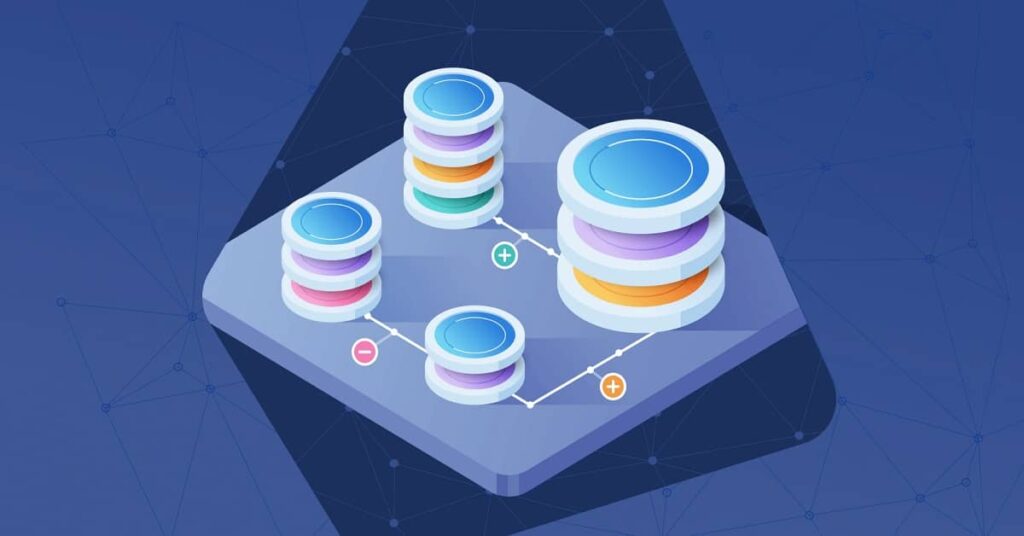In today’s rapidly evolving technological landscape, database migration has become a crucial process for organizations aiming to enhance their IT infrastructure.
Whether upgrading to a more sophisticated system or moving to the cloud, understanding database migration is essential for ensuring a smooth transition.
This blog will explore what database migration entails, its types, reasons, steps, and best practices to follow.
Definition of Database Migration
Database migration refers to the process of moving data from one database system to another.
This process can involve transferring data between different database systems, versions, or even platforms.
The goal is to enhance performance, scalability, and reliability or to leverage new technologies and features.
How Does Database Migration Work?
Database migration involves several key steps, including data extraction from the source system, transformation of the data as needed, and loading it into the target database.
This process ensures that data is accurately transferred, while maintaining its integrity and usability in the new environment.
Types of Database Migration
-
Homogeneous Migration
Homogeneous migration occurs when the source and target databases are of the same type. For instance, migrating from one MySQL database to another MySQL database falls under this category. This type of migration is generally simpler because both databases share the same underlying structure and data formats, making data transfer and system integration relatively straightforward.
-
Heterogeneous Migration
Heterogeneous migration involves moving data between different types of database systems. For example, migrating data from an Oracle database to a PostgreSQL database is considered heterogeneous. This type of migration can be more complex due to differences in database architectures, data types, and SQL dialects. It often requires data transformation and mapping to ensure compatibility between the source and target databases.
-
Cloud Migration
Cloud migration refers to moving data from on-premises databases to cloud-based databases. This type of migration is driven by the need for greater scalability, reduced infrastructure costs, and enhanced access to advanced cloud services. Cloud migration can involve both homogeneous and heterogeneous migrations, depending on the database systems involved.
Reasons for Database Migration
Cost Reduction
The expenses of operations can be reduced significantly by migrating to a cheaper database system or cloud. For instance, cloud databases do not always require physical hardware and associated costs for maintenance.
Performance Improvement
Better performance may result from upgrading to a more modern database system or platform in relation with data storage services. In addition, new systems usually have better query optimization; they are faster thus data retrieval is facilitated within shorter time frames.
Scalability
Data storage needs expand as organizations grow. Moving to a scalable database system or cloud-based solution enables organizations to change their storage capacity and performance according to the changing needs.
Compliance and Security Upgrades
Regulatory requirements and security standards are in constant transformation. Hence migrating towards a database that possesses enhanced security properties along with compliance capabilities helps organisations in adhering to these requisites while safeguarding confidential information efficiently.
Steps in Database Migration
-
Assessment
The first step towards migrating a database is to evaluate its current state. Consequently, it should take into account how well the system is performing, what necessitated migration and ultimately formulating objectives and requirements for the new database system.
-
Planning
For one to best his or her migration, adequate planning is necessary. Amongst these are selecting an appropriate migration strategy like deciding whether to go for big bang or phased migration, coming up with a distinct timeline as well as allocating resources that will be used during the project.
-
Preparation
In step three before migrating; data from existing databases needs to be backed up so that if anything goes wrong there will still be a copy left over there; moreover data cleaning could also make sure that there will not be any discrepancies because of faulty redundancies which may occur during this stage. Hence this part plays an imperative role in preventing difficulty even post-migration.
-
Migration
At last, the actual transfer of the data from the source database to target database happens; therefore this phase encompasses looking out for issues while moving over files and correcting them at once as they occur so that transition between source and target is smooth.
-
Post-Migration
Then, it becomes important to check after migrating whether data integrity has been validated since all transferred files must be accurate and complete without omissions.
Performance tuning may also be necessary to optimize the new database environment. Additionally, updating documentation and providing training for users on the new system will facilitate a smoother transition.
Tools for Database Migration
There are many tools that help with database migration. For instance:
AWS Database Migration Service: Enables quick and secure migration of databases to AWS.
Azure Database Migration Service: Assists in migrating databases to Microsoft Azure with little downtime.
Google Cloud Database Migration Service: Allows for migration to Google Cloud databases with minimal disruption and smooth transition.
Choosing Migration Tools Criteria
In choosing the right migration tool, you have to consider compatibility with source and target databases; ease of use; price among others, besides such features as data transformation or constant data replication which may also be some of the determinants. If these factors are taken into account, it would be easy for you to choose the most appropriate tool for your particular purpose.
Difficulties in Database Migration
Data Loss Risks
Data loss is among the main risks related to database migration. In order not lose any information during this process it is mandatory to perform an exhaustiveness check for back ups and validation steps.
Downtime and Service Disruption
Migration processes can cause interruption or temporary unavailability of service for sometime. In order not to keep users affected by it too long; it would be better if planning and execution of migration happen in off-peak hours.
Compatibility Issues
Differences in database architectures and data formats can lead to compatibility issues. Proper data mapping and transformation are necessary to address these challenges and ensure a smooth transition.
Ideal Approaches to Successful Migration
Run Comprehensive Tests
Before full migration, comprise wider tests at the stage for identifying possible problems and making sure that the new data base system contains all specifications.
Stakeholder Communication Is A Must
Effective communication with stakeholders like end-users and IT personnel is vital to success. Letting them know what is going on during migration, the timeframe as well as anticipated impacts will assist in managing expectations and curbing resistance.
Roll Back Plans should be in Place
In any case of critical issues with migration, it is very important to have rollback plans. This plan should contain what it entails so that reverting back to the earlier system can be done by minimizing interruption.
Conclusion
Database migration may be a complicated process but still inevitable when companies want their data management systems improved. When one understands types of migration, reasons behind such moves as well as steps taken then there’s better chance for completing the movement successfully. Through best practices application; use of right tools plus facing possible problems, organizations can have a smooth transition resulting in an efficient scalable database management system.


